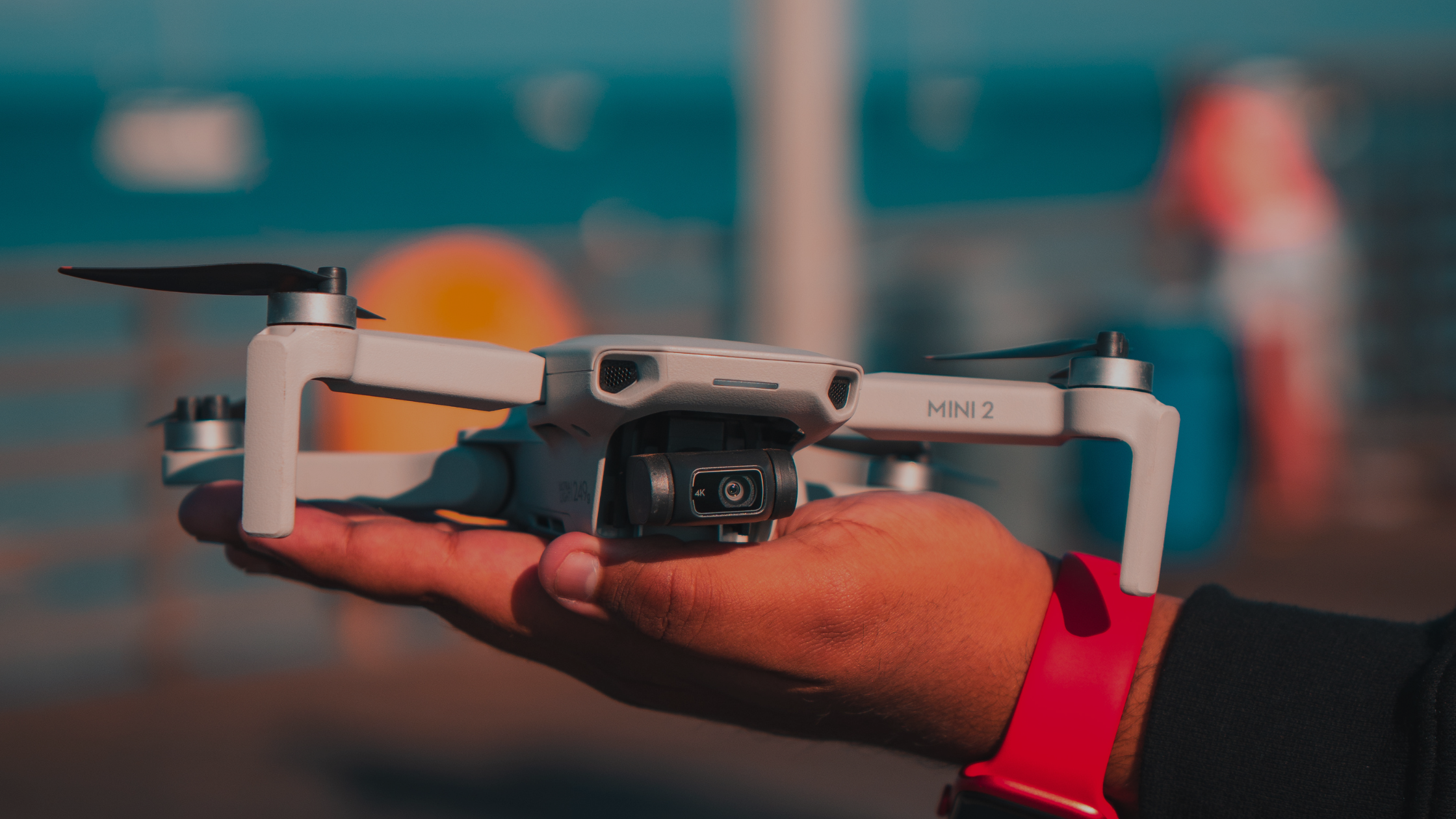The A2 Certificate of Competency is by far our most popular course because for the first time it has allowed more freedom at a cost-effective route for the majority of drone operators - both recreational and professional.
However, there is confusion over 'changes' that are happening at the end of 2022 where people are saying the A2 C of C becomes 'useless'. Let's break down what the A2 C of C is actually for and why it's not as useless as some people make it out to be!
What is the A2 C of C for?
The A2 C of C is first and foremost a Certificate of Competency that proves to the CAA and the relevant authorities that you are qualified to fly C2 Certified drones within the A2 Subcategory of the Open Category (hence the A2!).
The regulations state by 2023 all new drones on the market will need to have a Certification marking ranging from C0 to C4, with the majority of aircraft likely to fall under the C0, C1, and C2 marking.
C2 drones will be between 900g and 4kg (so in the realms of the Mavic Pro, Phantom, and Inspire line of aircraft). C1 drones will be between 250g and 900g, and C0 drones will be under 250g.
Now, because no certified drones were available when the new regulations were introduced at the beginning of 2021, provisions were put in place to allow you to gain the qualification and still fly your 'legacy' drones (non-Certified aircraft) with some privileges. These are what we call the Transitional Provisions.
What are the Transitional Provisions?
There are two transitional provisions in place that end on the 31st December 2022. The first is the A1 Transitional Provision.
Simply, the A1 Transitional Provision is for 'Legacy' Drones with a flying weight of between 250g - 500g and can be flown like a C1 aircraft (as long as you have the A2 C of C). This means that you can fly these drones in built-up areas but you must not intentionally overfly uninvolved people. There are no set separation distances but you must make sure you do not bring anyone in danger (so use some common sense with distances).
Next, we have the A2 Transitional Provision for 'Legacy' Drones with a flying weight of between 500g-2Kg. You need the A2 C of C and you can fly these drones in built-up areas as long as you stay a minimum of 50m away from uninvolved people and do not overfly uninvolved people (so you cannot go above 50m and overfly people).
Both of these transitional provisions end of the 31st December 2022 at which point any drones weighing over 250g will have to fly in what is called the A3 Subcategory of the Open Category.
What is the A3 Subcategory of the Open Category?
The A3 subcategory of the Open Category is a category that is deemed low risk. It is far away from people and buildings. So, you have to stay 150m away from areas used for Residential, Commercial, Industrial, and Recreational purposes and stay 50m away from uninvolved people.
To put it simply, you need to fly in rural locations away from people. The more people there are, the higher the risk to people should something go wrong!
For more information on the Open Category, check out the CAA's official page here.
How can I keep flying my Legacy Drones 'closer to people' and built-up areas?
If you really need to fly your 'Legacy' drones closer to people after the 31st December 2022 you will need to get an Operational Authorisation from the CAA. The only way to get an Operational Authorisation is with a General Visual Line of Sight Certificate (GVC) of which you will need to take a theory examination and a flight examination with your drone.
The GVC shows competency to the CAA that you are safe to fly in higher-risk areas with drones that have not been officially certified. It does, however, come with a cost.
The Operational Authorisation fee is £253 and it must be renewed every 12 months (currently renewals are £190 but this can change with inflation).
Alternatively, if you only fly for recreational use, and only need to fly in some recreational areas, you could consider joining a club such as FPV UK and flying under what is called the Article 16 Operational Authorisation.
This does come with its own limitations and is only suitable for recreational flights.
What happens to my A2 Certificate of Competency after 2022?
When the A1 & A2 Legacy Transitional Periods end your A2 C of C will still be useful when paired with the right UAV. The A2 Certificate is valid for 5 years from completion so if you were to purchase a new 'C2' certified drone in the future you could fly this under your existing A2 C of C with excellent rules to operate under. You would need to maintain a 30m separation from uninvolved people in the standard speed mode and just 5m from uninvolved people in the certified 'low speed' mode (following the 1:1 rule).




